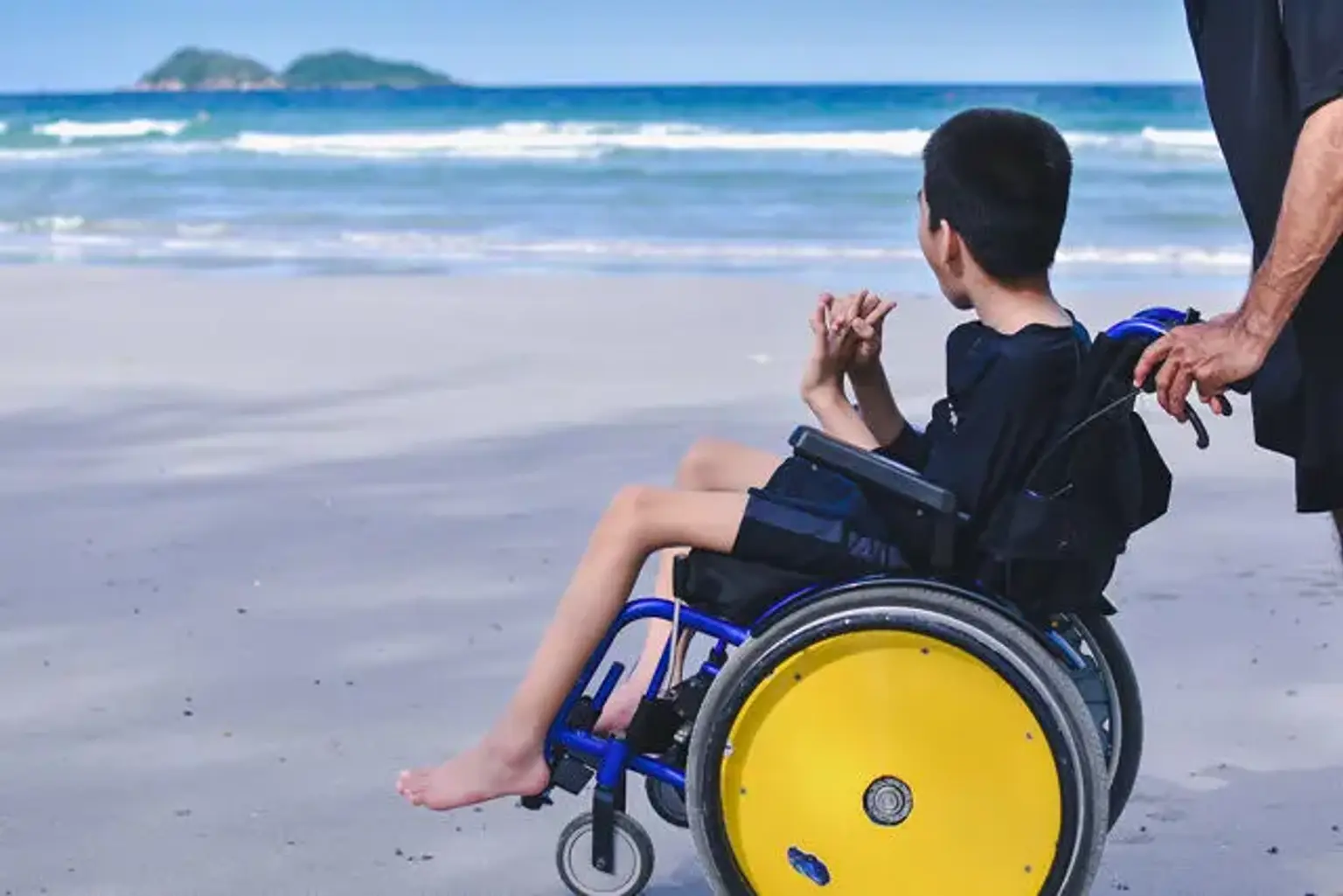Cerebral palsy
Cerebral palsy (CP) refers to a group of health conditions that impair the ability to move and retain a balance posture. It’s one of the most common movements and motor disabilities among children. Cerebral palsy occurs due to abnormal or immature development of the brain or damage that affects the developing brain. This impacts an individual’s ability to control the muscles.
Generally, cerebral palsy leads to a wide range of disabilities, ranging from minor to chronic. In case your child is diagnosed with the condition, it’s essential to understand what to expect. This will also help you learn the essential ways of managing the problem and ensure that your child is not severely affected.
